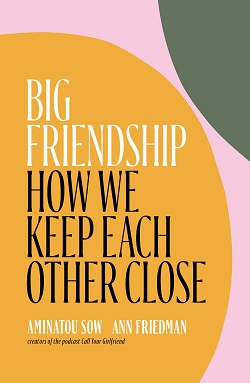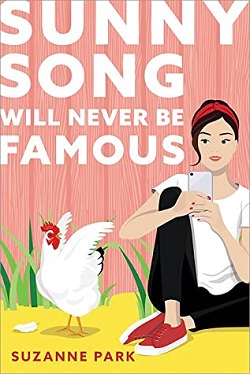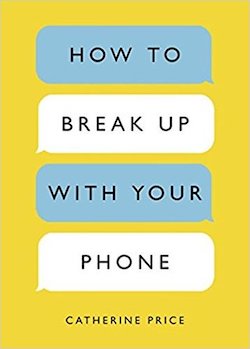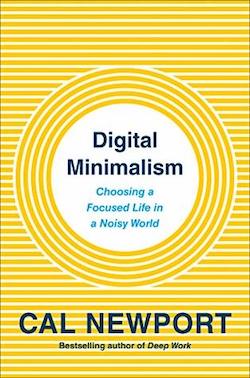 It takes about three hundred hours to become best friends with someone–in other words, just twelve and a half days. But it takes so much more than proximity to go from acquaintances to friends. Even after forging that shared wavelength, forming those bonds, you have to keep showing up to keep the friendship healthy.
It takes about three hundred hours to become best friends with someone–in other words, just twelve and a half days. But it takes so much more than proximity to go from acquaintances to friends. Even after forging that shared wavelength, forming those bonds, you have to keep showing up to keep the friendship healthy.
Being a good friend is a lot of work. Friendships can be messy. They can be unwieldy. Sometimes they can feel uneven when you put in more than you get back (or the other way around).
Friendships can also be just as important as any romantic or familial relationship you’ll ever have.
So why don’t we talk about friendship more? Why is there so little written about these relationships that can define so much about our support systems and, ultimately, about ourselves?
Big Friendship: How We Keep Each Other Close (2020) by Aminatou Sow and Ann Friedman doesn’t have all the answers but it does include a lot of smart observations about friendship.
You might know Sow and Friedman from their “Call Your Girlfriend” podcast. This book (which the authors narrate for the audiobook) brings readers behind the curtain of the highlight reel of their friendship to look at the moments that brought them together, tested their friendship, and ultimately kept them close.
While Big Friendship is not a guide to creating and maintaining friendships, the book does include smart tips through the specific lens of Sow and Friedman’s relationship. The book also explores the stretches inherent to maintaining friendships and the unique challenge of making space for something that society often tells adults to devalue in favor of a focus on work or family.
In a time that has tested more than a few friendships, Big Friendship is a timely and thoughtful read sure to provoke some valuable conversations and offer needed space for introspection.
Possible Pairings: Ace: What Asexuality Reveals About Desire, Society, and the Meaning of Sex by Angela Chen, Friendship: The Evolution, Biology, and Extraordinary Power of Life’s Fundamental Bond by Lydia Denworth, Crossing the Racial Divide: Close Friendships Between Black and White Americans by Kathleen O. Korgen, The Dance of Connection: How to Talk to Someone When You’re Mad, Hurt, Scared, Frustrated, Insulted, Betrayed, or Desperate by Harriet Lerner, Text Me When You Get Home: The Evolution and Triumph of Modern Female Friendship by Kayleen Schaefer, You’re the Only One I Can Tell: Inside the Language of Women’s Friendships by Deborah Tannen, Alone Together: Why We Expect More from Technology and Less from Each Other by Sherry Turkle, Families We Choose: Lesbians, Gays, Kinship by Kath Weston




